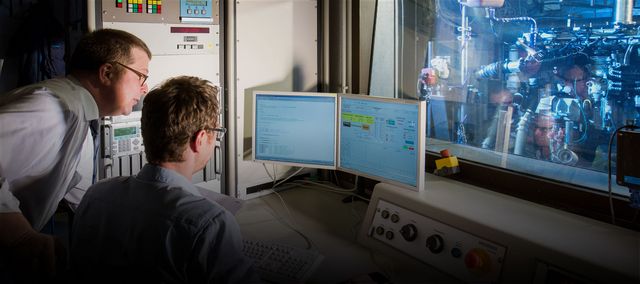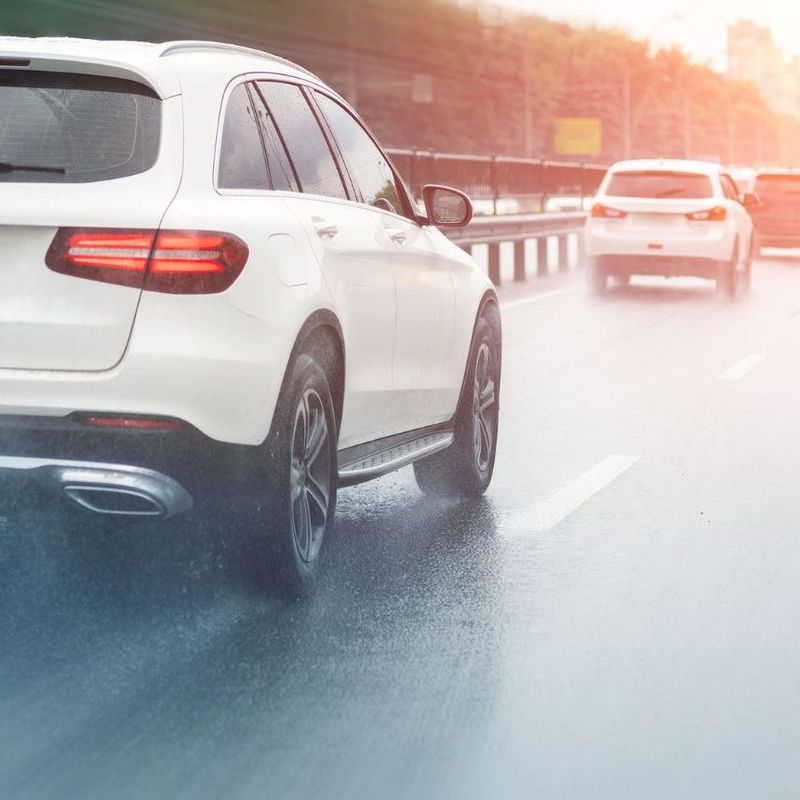Autonomous or, more precisely, automated driving is the mobility of the future. But there are still no uniform ECE regulations for highly automated vehicles. In this brief interview, Leif-Erik Schulte explains to TÜV NORD what these guidelines actually describe and why they are essential.
What are ECE regulations and why are automated vehicles still not legal for road use?
The ECE regulations with which we have dealings at TÜV NORD describe cross-border technical regulations for approval or the establishment of uniform approval procedures for motor vehicles and motor vehicle parts. Automated commercial vehicles are in this respect already fully eligible for approval, but only by means of appropriate individual measures in the country in which they’re to be used. What’s missing is a set of rules at international ECE level.
TÜV NORD is calling for a rapid overhaul of the ECE regulations with an eye to automated vehicles. Why does an update make sense and what needs to be added for a reissue to take place?
Actually, nothing’s missing. However, the work required for this kind of ECE regulation is very extensive, time-consuming and complex. Even the classic UNECE agreement of 1958 involved some 50 states. It can take some time for a first draft to be created and for everyone to come to a consensus. There are currently roughly 130 ECE regulations which cover individual vehicle parts, components and systems. For automated vehicles, however, the creation of links between the various rules and regulations would be very helpful. But no-one has yet found a way to link the individual regulations. Work is currently being done on this kind of horizontal directive – the idea behind what is known as the ‘ECE R0’ is to permit an all-round view of the vehicle for the first time.
Is the lack of an overarching set of rules inhibiting further technical development?
It isn’t generally slowing technical progress; all it’s doing is making it harder for this kind of vehicle to be approved. This is because progress isn’t determined by the regulations, but by research and development and the industry's vital interest in getting product innovations onto the market. At the end of the day, the standards can only create a framework to enable vehicle manufacturers and system suppliers to standardise their products and get them approved within a defined legal framework.
YOU MAY ALSO LIKE
ABOUT LEIF-ERIK SCHULTE
© Udo Geisler
Leif-Erik Schulte is the Director of Technical Services at TÜV NORD in Essen. He does a great deal of driving for his job. This he considers to be stolen working time. "I can well imagine being on the road in an automated vehicle and being able to make calls or write e-mails undisturbed on particular stretches - for example, on long motorway journeys,” says the mobility expert. When this time will come, Leif-Erik Schulte can’t say. “Because at the end of the day I can only conceive of autonomous driving if there’s no interference from the outside. In a world of automated vehicles, every non-automated vehicle is a risk factor.”
Automated and networked driving
Automated and networked driving requires much more than just cross-border regulations. TÜV NORD is developing ideas and services to test and guarantee the safety of the car of tomorrow. You can find out more about this in the #explore posts entitled “What is car-to-car communication?” and “We need all-round security”.



